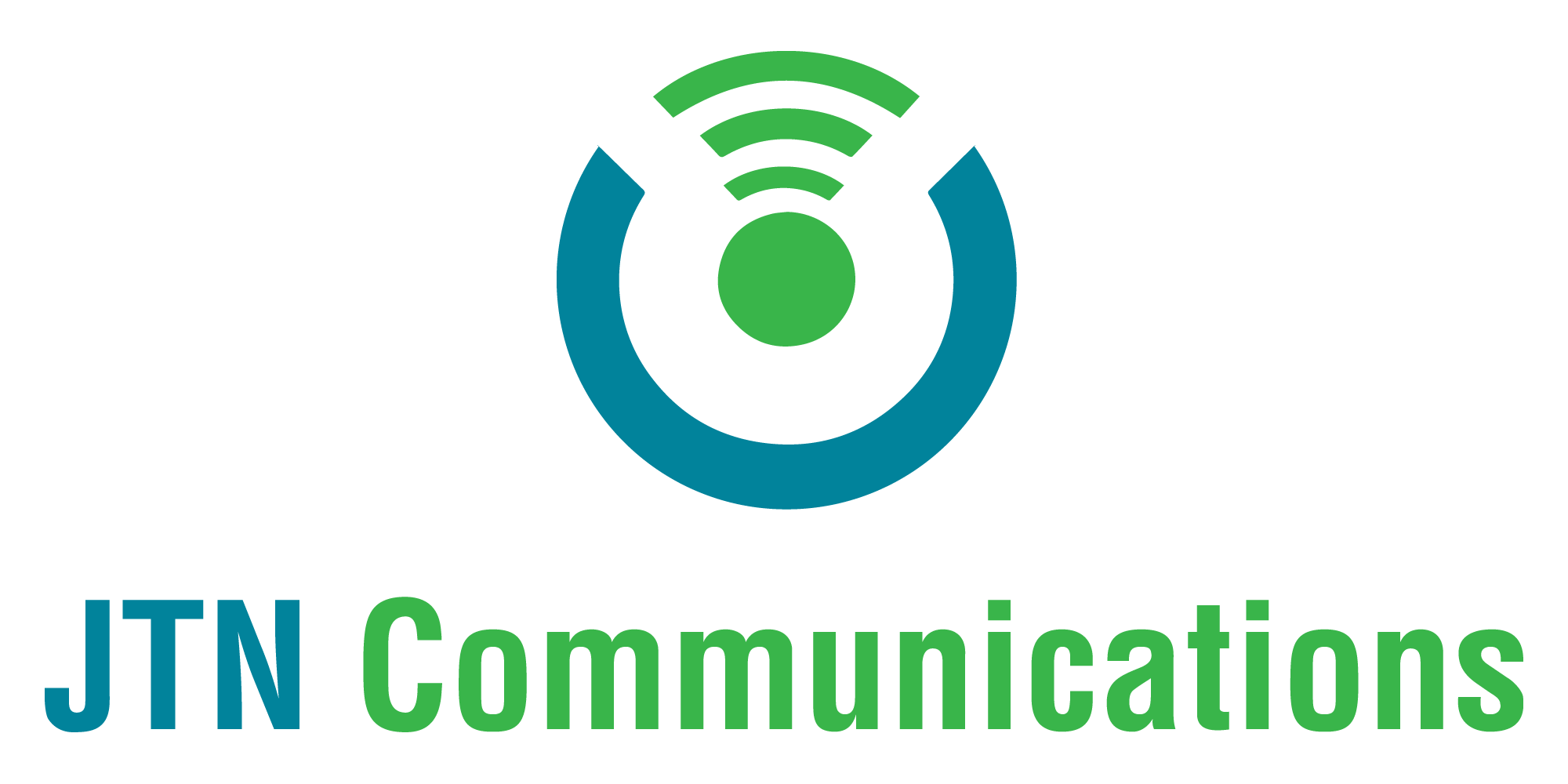In today’s digital era, the importance of protecting your personal information online cannot be overstated
Use strong and unique passwords
One of the most basic yet crucial steps in protecting your personal information is to create strong and unique passwords for each of your online accounts. Use a combination of upper and lowercase letters, numbers, and special characters to make your password difficult to crack. Avoid using easily guessable information such as your name, birth date, or common words. It is also recommended to change your passwords regularly and to use a reputable password manager to keep track of them.
Enable multi-factor authentication (MFA)
Many online platforms now offer multi-factor authentication as an additional layer of security. MFA requires you to provide more than one form of identification when logging in, such as a fingerprint, a code sent to your mobile device, or a security question. This makes it harder for cybercriminals to access your accounts, even if they have your password.
Be cautious with public Wi-Fi
Public Wi-Fi networks can be convenient, but they can also expose your personal information to potential threats. When using public Wi-Fi, avoid accessing sensitive information, such as online banking or entering passwords. If you must use public Wi-Fi, use a virtual private network (VPN) to encrypt your internet connection and protect your data from prying eyes.
Keep your software and devices updated
Outdated software and devices can leave your personal information vulnerable to cyber-attacks. Regularly update your operating systems, web browsers, and applications to ensure that you are protected against known security vulnerabilities. Additionally, consider using antivirus and anti-malware software to further protect your devices.
Be aware of phishing scams
Phishing scams are attempts by cybercriminals to trick you into providing personal information, such as login credentials or credit card details, by posing as a legitimate entity. Be cautious when clicking on links in emails or text messages, and always verify the sender’s identity before providing any sensitive information. Look for signs of a phishing attempt, such as spelling errors, unusual URLs, or requests for urgent action.
Limit the information you share on social media
Be mindful of the information you share on social media platforms, as cybercriminals can use this information to target you. Adjust your privacy settings to limit who can see your posts and personal information, and think twice before sharing details such as your home address, phone number, or vacation plans.
Monitor your online accounts and credit reports
Regularly check your online accounts for any suspicious activity or unauthorized transactions. If you notice anything unusual, report it immediately. Additionally, monitor your credit reports to ensure that no fraudulent accounts have been opened in your name. In the United States, you are entitled to one free credit report per year from each of the three major credit bureaus.
Protecting your personal information online requires constant vigilance and the adoption of good cybersecurity practices. By following these tips and best practices outlined, you can greatly reduce the risk of your personal information falling into the wrong hands. Remember that your online security is your responsibility, and a little effort can go a long way in safeguarding your digital life.
